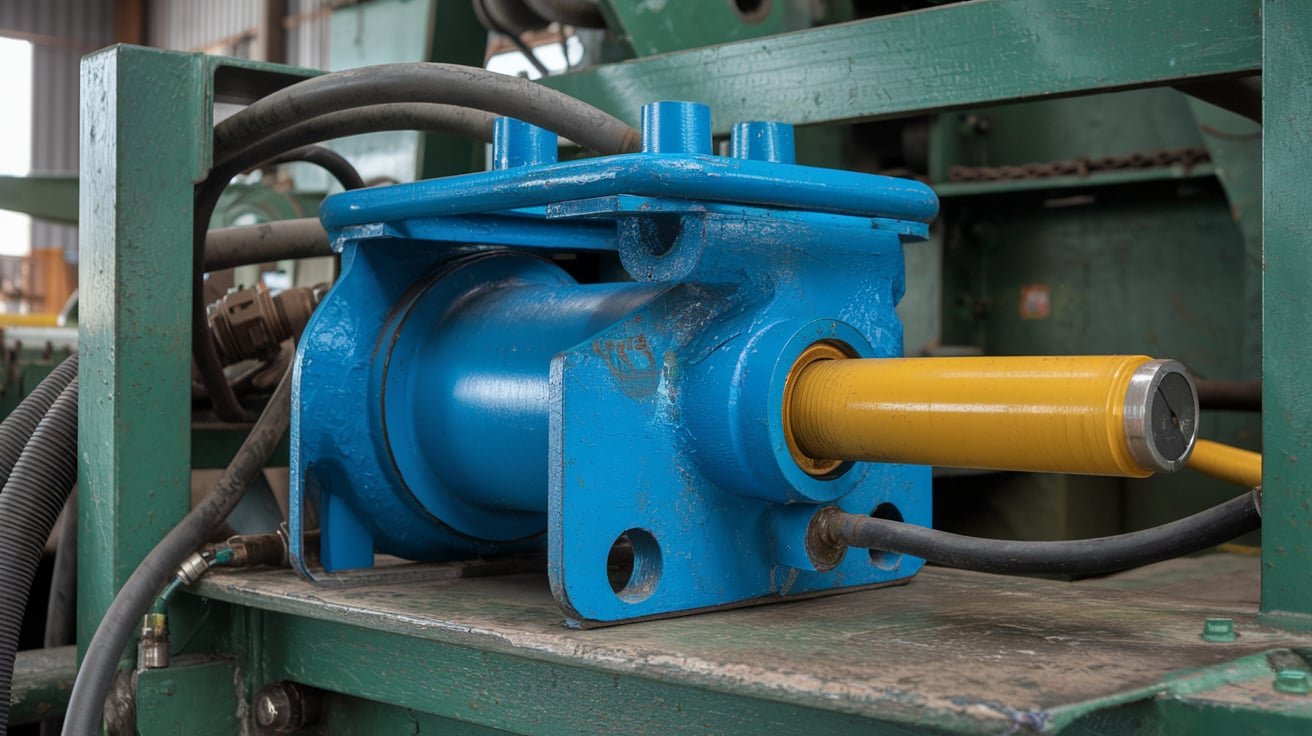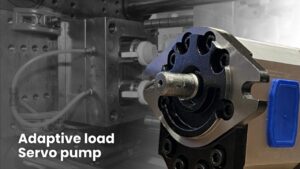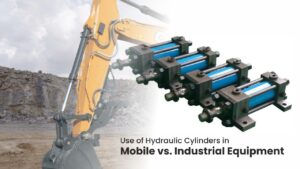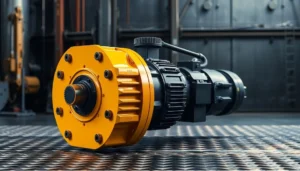Hydraulic systems play an integral role in the functioning of mobile machinery across industries. A reliable Hydraulic System for Mobile equipment like bulldozers, backhoe loaders, and more—enables the precise lifting and movement of heavy objects. Without it, much of today’s construction work wouldn’t operate as efficiently.
In this blog, we will understand the basis of hydraulic systems and how to build and design hydraulic systems for mobile equipment. So let’s get started.
Understanding the Basics of a Hydraulic System
A hydraulic system is an innovative technology where any form of movement is done with the help of fluid under pressure. The system is based on Pascal’s law, which states that pressure applied to a liquid is transmitted equally throughout the fluid. In a hydraulic system, the more pressure is applied to the fluid, the more it increases the force at the output and enables machines to perform tasks, such as lifting, pressing, and moving.
In a hydraulic system, different parts apply forces to compress the fluid. This applied force transfers fluid to the other end of the system, which creates pressure. The pressure forces the large piston to move and work along with other cylinders to perform a task that requires extra power.
The system helps you to enhance the efficiency of your equipment without putting in any extra effort. However, without the hydraulics, it would have been impossible for humans to lift heavy things.
Key Components of a Hydraulic System
Hydraulic systems are made up of various components. In mobile hydraulic design, each component serves an important purpose in the functioning of the system. Let’s take a look at some of the important parts of the hydraulic system:
Hydraulic cylinder
Pistons, also known as hydraulic cylinders, convert the hydraulic pressure into linear force. This force is used in heavy types of machinery to move or lift objects easily.
Hydraulic pumps
It is considered to be the main part of the hydraulic system. It draws in the mechanical power from the engine and transfers it into hydraulic power, which is crucial for spinning fluid in the system. This creates pressure inside the fluid and then circulates it throughout the system, which creates the much-needed force that is required for the proper functioning of the system.
Valves
This part controls fluid flow and pressure generated in the hydraulic system. Adjustment of walls helps the system to adjust as per different operations and enables it to have better efficiency.
Filters
Filters are responsible for cleaning the hydraulic fluid in a Hydraulic System for Mobile. Unblock any particles it carries. The filter also extends the service life of the hydraulic system and saves you from costly repairs and maintenance.
Step-by-Step Guide to Building a Hydraulic System
Once you have an understanding of the different parts of the hydraulic system, it will be easier for you to create your hydraulic equipment by using different hydraulic parts. Creating your own Mobile Hydraulic design would cost less than investing in rebuilt hydraulic equipment.
If you want to create your personalised hydraulic machine, it is crucial to follow the steps mentioned below:
- First of all, get an idea of what type of machine you want. Whether a customised solution might be created so that all necessary tasks can be completed by a single machine.
- Once you have an idea, it’s time to consider the work environment. The work environment in my mind means choosing a different hydraulic machine. What is this? You might need different machines for tearing down an existing structure and developing a new location. So, make sure you consider this factor before moving forward.
- Consider the weather conditions, as they can impact the hydraulic parts and components to be used in the machines. So, consider how the hydraulic fluid will perform when used at different temperatures.
- Consider any exposure to a submerged water environment, as some hydraulic equipment may still have to be able to function underwater. However, it is crucial to properly see and maintain them.
- Hydraulic parts can easily get corroded, which can reduce the lifespan of the parts. There are several corrosive agents, such as chemicals, water, moisture, cement, lime, sand, dust, and saltwater pressurized spray, that can be present at the work site. So, make sure you use hydraulic machines with corrosion-resistant plated metals and secure them with other agents to avoid corrosion.
- It is crucial to select quality hydraulic parts and components such as hydraulic motors, hydraulic pumps, control valves, pressure control valves, distance, load-sensing control, variable displacement pumps, and fixed displacement pumps to build mobile hydraulic machines.
- If any part of the hydraulic system is worn out or needs to be replaced. It is crucial to replace them before they lead to any expensive maintenance or mobile hydraulic repair costs.
- Now it’s time to transport the machine. Several machines have wheels and can be transported easily, and others can be towed.
- It is crucial to test your machine at different stages of development, as catching mistakes early can be easily fixed. Make sure you test your customized hydraulic system in different work environments and conditions.
Conclusion
Hydraulic systems hold an important place in the construction of mobile machinery. Hydraulic systems ensure the supply of power and control heavy tasks. Understanding the components, design, and process required to build hydraulic systems for mobile equipment is crucial for the use of the equipment. If you also want to build your hydraulic system, then you can take the help of the above-mentioned step-by-step guide and create your personalised hydraulic system.



